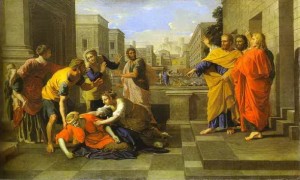

On the form of the earth, Shirakatsí wrote: “The earth seems to me to have an egg-shaped form: as the yolk in spherical form is in the middle, the white around it, and a shell surrounds it all, so the earth is in the center like the yolk, the air around it like the white, and the sky surrounds it all like the shell.” In the early Middle Ages such ideas were very daring. Creation, wrote Shirakatsí, is the basis of destruction and destruction in its turn is the basis of creation “as a consequence of this harmless contradiction, the world acquires its eternal existence.” Old substances decompose in due course, and new forms arise in their place. The world, in which he included plants, animals, and man, is a “definite composition of intermixed elements.”Īll things in nature move and are subject to change. Like the scientists of antiquity, Shirakatsí believed that the world consists of four elements: earth, water, air, and fire. His advanced philosophical and cosmological views brought him to the attention of official circles, and he was persecuted by both lay and ecclesiastical authorities. Shirakatsí’s scientific works are known through manuscripts of the eleventh through seventeenth centuries that are scattered in the Soviet Union, Italy, Great Britain, Austria, Israel, and perhaps other countries. In 667–669 he was concerned with the reform of the Armenian calendar, anticipating the modern desire for an “immovable” calendar. Shirakatsí produced his most important scientific work from the 650’s through the 670’s. He possessed truly encyclopedic knowledge and the ability to reach the essence of matters. In addition to teaching, he conducted scientific research and wrote works on astronomy, mathematics, geography, history, and other sciences.


During the next eight years he studied mathematics, cosmography, philosophy, and several other sciences, before returning to his native region of Shirak, where he opened a school. After several journeys in search of a teacher of mathematics, which he considered the “mother of all sciences,” Shirakatsí reached Trebizond and entered the school of the Greek scientist Tychicus, who taught the children of many Byzantine nobles. He received his basic education at a local monastery school. Mathematics, geography, philosophy, astronomy.Ī representative of the progressive Armenian scholars of the seventh century and a follower of the best traditions of Hellenistic science and culture, Shirakatsí lived during the period when Armenia had lost her political independence the western part being ruled by Byzantium and the eastern by Persia.


 0 kommentar(er)
0 kommentar(er)
